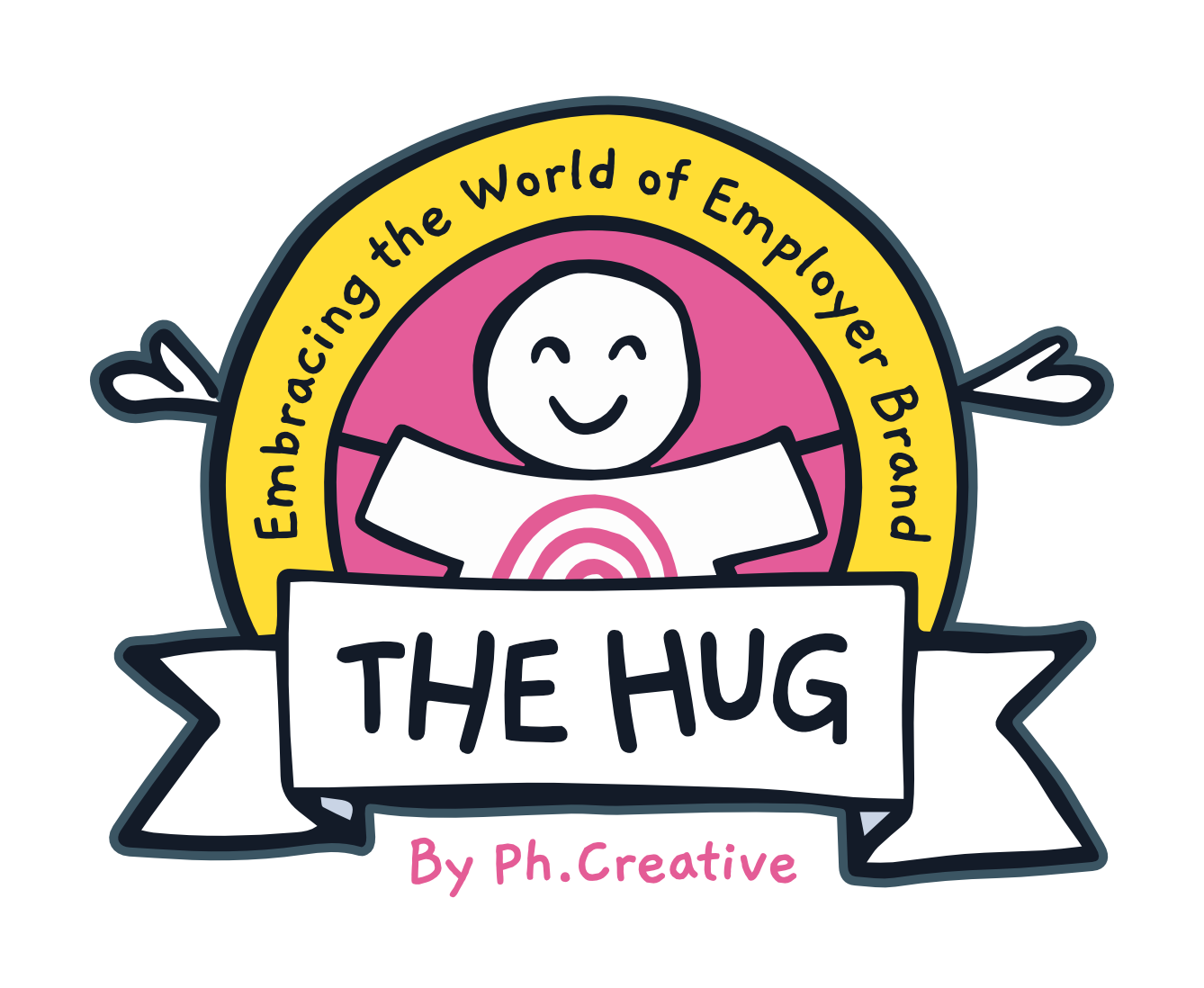Getting EB Ready for the 4-Day Working Week
In the opinion of many businesses, the 4-day work week could solve burnout and provide a much-needed boost to their talent attraction. But is it achievable?
“Pandemic-fuelled anxiety is surging around the world,” begins Juliet Schor, economist and author of a book on creating a high-satisfaction economy. “In the US, more than half of all employees report feeling stressed a lot of the day. Resignations are at record levels, running at four million a month. People are burning out.”
Schor’s TED Talk, released this week, marks the fifth time that the thinktank has focused on the four day work week since the organisational psychologist Craig Errey first offered it as a solution in a lecture on work/life imbalance. It’s easy to see why the concept has plenty of traction within the international community, setting up shop in the lecture halls and theatres of the world; reducing to a four day work week with no reduction in salary piques the attention and offers a solution to overworked employees everywhere.
It stimulates conversation too. Another of TED’s guest speakers, Andrew Barnes discovered the fervour for such a solution when he became one of the first to initiate the concept at his New Zealand company: “This started off as a local interest story, and then it went global. 37 countries, over 3,000 media articles, 10,000 social media posts… You know you've made it when you are appearing on drivetime Colombian radio.”
The Cost of the 4-Day Working Week
Many would assume that, from a financial perspective, there are very few companies that could make such a concept viable. However, Juliet Schor has no qualms that the four day work week is the way forward.
She uses the example of Healthwise, a US company for health education. “In June, their employees were quitting in droves. By August, they'd implemented a 4-day week. Six months later, CEO Adam Husney reports that people are dramatically happier and have never been more productive. Resignations and sick days are down, revenue has grown and customer satisfaction scores are outstanding.”
The trick is in finding the areas of the day in which productivity founders, and reducing them to a minimum. “In return for the gift of a day off, people are willing to squeeze all their productivity into four days. So while they may be spending less time at work, they're not necessarily doing less work. The secret sauce is work reorganization, cutting out the least productive activities. Meetings are a prime target. Most companies reduce their frequency and length and the number of attendees.”
It's a familiar retread for those who have listened or watched previous TED Talks on the subject. Pernille Garde Abildgaard, CEO of the company Take Back Time, argued that “it's a waste of time to check your emails more than two or three times a day.” Such a suggestion may not hold much water in other businesses.
Each of the presentations make clear why the 4-day work week is needed or has worked for various businesses, not least because it could be the centrepiece of a company’s Employee Value Proposition – reducing stress, improving work/life balance and reducing the office carbon footprint. Abildgaard made reference to the digital marketing agency IIH Nordic, who implemented the four day week to eradicate the “difficulties in recruiting and maintaining the brightest minds” who were drifting off to rival companies.
Creating the 4-Day Working Week
At Ph. we discovered through staff feedback that not everyone wants a 4-day week. We found (by listening to our team) that flexibility, autonomy and the underlying demonstration of trust in your people to make the best decision for themselves and the business is key to making it work.
- Some want a meeting-free Friday to do deep work in peace
- Others want to reserve Friday for planning and researching time that they have never had before,
- Some like the concept of just finishing early on a Friday and starting the weekend a bit sooner,
- For others they work more efficiently if they have Friday off entirely,
- Others work harder and longer hours throughout the four-day week to have Friday to themselves
All of the above options are completely fine and 100 per cent backed by the business, creating a workforce that respects and appreciates their environment a little bit more at least.
This can be leveraged from an EB perspective with stories of how peoples lives have changed, what they do with their ‘free’ time; the difference it’s made personally and how it feels to be part of a team that has that degree of flexibility. There are numerous angles and options from a basic human storytelling perspective and it could make all the difference to both internal and external talent, in building the reputation of your organization.
If there are to be more TED Talks on the subject in the future, there may need to be more of a focus on how businesses to make that leap. There is less of a consensus amongst the speakers about whether the onus is on businesses or from a higher administration.
Craig Errey made a brief mention of the desperate need for legislation, whereas Abildgaard went in a different direction: “Unfortunately, we can’t count on the politicians and the governments on this issue because they are too keen to talk about increasing the workforce, and on paper a reduction of our weekly working days means the opposite.”
Schor struck a more positive note with various case studies on the ways in which governments have got involved over the past few years, particularly the progress made by the Icelandic Government, firstly in the city of Reykjavík and then with more widespread adoption, and by the Swedish government in the city of Gothenburg. While Government uptake remains a stumbling block, the early adopters offer a reason to be positive.
Businesses that have initiated the concept have stressed the importance of engaging with employees about whether such a concept is viable, or even desirable – every business tackles their workflow in different ways, and this needs to be assessed before any further consideration.
It would be wrong to suggest that crunching productivity into four days would suit every company, nor may it align with the Employer Brand that is being cultivated.
However, it’s clear that discussions about introducing a 4-day week are not dying down just now.
The EB Effect of the 4-Day Working Week
- Keeps you relevant and more competitive in the talent marketplace
- It’s a proactive step towards proving you care about your people authentically
- An opportunity to focus in on efficiency of working and honing a high performance culture
- The concept generates heavy social media interest, enabling businesses to organically spread their messaging
Sign up to our blog

Every other Thursday we share:
✔ One feature full of our freshest insights
✔ An expert hack you'll love to use
✔ The links you need now
+ other helpful bits for thousands of EB and TA pros just like you


